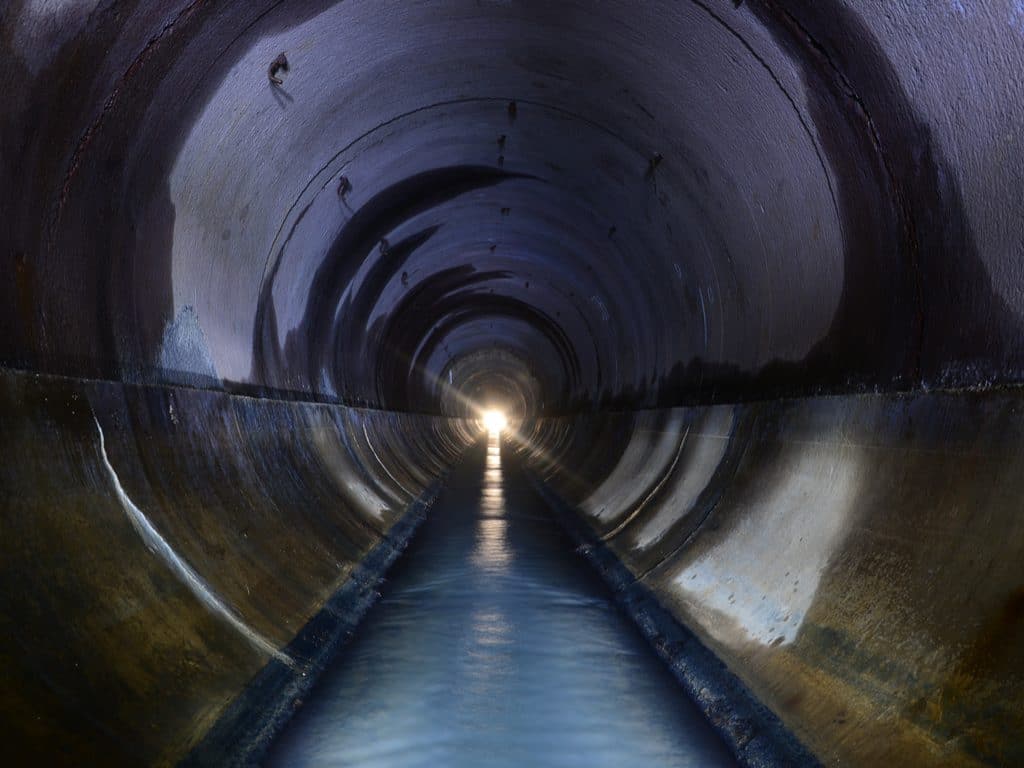The Lesotho Highlands Development Authority (LHDA) has recently selected SCLC Polihali Diversion Tunnel Joint Venture to design two diversion tunnels for the Seqhu and Khubelu rivers. It is a joint venture between the Italian companies Salini Impregilo and Cooperativa Muratori Cementistri CMC di Ravenna, as well as the South African company CMI Infrastructure and LSP Construction from Lesotho.
Together, these companies will build two tunnels parallel to each other. The first one will have a diameter of 7 metres and a one-kilometre length. The second, a little larger, will be 9 metres in diameter and one kilometre long.
A €517 million investment
The tunnel construction project is part of Phase II of the Lesotho Highlands Water Supply Project. “Bypass tunnels are essential to facilitate the construction of the Polihali dam. Their construction is an important part of the infrastructure work that began in late 2018 with the award of contracts for the Polihali North East access road and civil works in Katse and Mokhotlong,” said Tente Tente, Phase II Division Director of the LHDA. He added that “the infrastructure will be largely completed before the construction of the Polihali dam and the Polihali water transfer tunnel in Katse begins.”
Both tunnels will be essential for the construction of the Polihali dam on the Seqhu and Khubelu rivers. The water retention will have a 163.5 m high concrete riprap backfill wall and a concrete side channel spillway. It will be supplied by the water that will pass through the two tunnels whose construction work has just been launched for a period of 18 months. Part of the water from the dam will then be transferred to the Katse dam via another tunnel. The dam supplies drinking water to the Gauteng region of South Africa and is used to irrigate plantations.Both tunnels will be essential for the construction of the Polihali dam on the Seqhu and Khubelu rivers. The water retention will have a 163.5 m high concrete riprap backfill wall and a concrete side channel spillway. It will be supplied by the water that will pass through the two tunnels whose construction work has just been launched for a period of 18 months. Part of the water from the dam will then be transferred to the Katse dam via another tunnel. The latter supplies drinking water to the Gauteng region of South Africa and is used to irrigate plantations. According to LHDA, Phase II of the Lesotho Highlands Water Supply Project will gradually increase the current supply rate from 780 million m3 per year to over 1,270 million m3 per year.
Part of the water from the Polihali Dam will be used to generate electricity for the people of Lesotho. The entire project requires an investment of €517 million.
Jean Marie Takouleu
